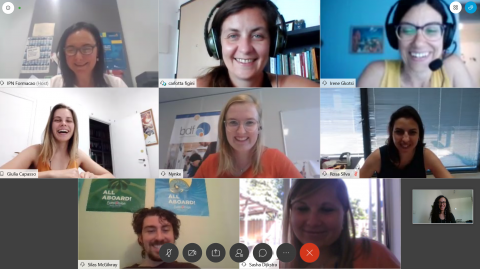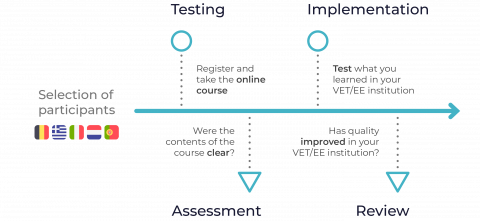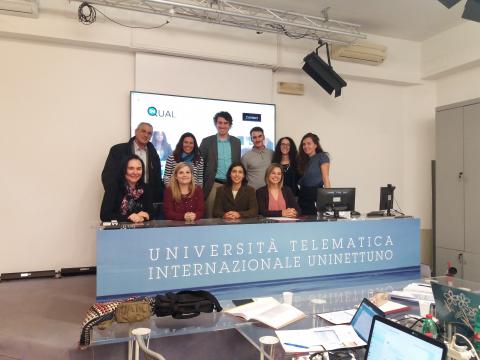2.4 - Setting Goals
Abstract
You, as a QM, regarding each process of the QMS - Quality Management System, can define the goals
you want to achieve and the way you can monitor them. Setting goals means to:
- collaborate with the person responsible for the training curricula
- identify local training needs & challenges
- check what competitors do
Why is this important for you as a QM?
- to have a mission/vision
- to listen carefully to what the (local) market wants
- to define the framework under which an organization does the annual review
- to prove that the organization is functioning based on quality in each process and every year
- to inspire you to move ahead and set even higher goals in order to have a continuous improvement.
How should I implement the action?
- By designing the best strategy in order to engage as many employees possible and effectively exploiting my resources
- By accurately describing the goals suggested
- By setting specific deadlines and keeping track of the timeline of each goal achieved
- By putting quantitative indicators to measure each goal, i.e trainers’ satisfaction above a specific percentage
- By presenting the impact of the specific goals to the VET organisation and to relevant stakeholders
After monitoring the results of the annual goals set, then the organization revises and sets the new
ones.
How should I know if I have made an impact thus increasing the quality of the VET provision and to which extent?
The priority here is to set quality objectives, such as:
(a) compatible with the quality policy
(b) measurable
(c) applicable to the respective requirements
(d) related to the compliance of products and services
(e) monitored
(f) notified
(g) keep up to date as appropriate
(h) enhancing customer satisfaction
If those objectives are covered, then you can measure the impact on your goals set:
- by being in line with your vision/mission, lifelong learning standards and with EQF;
- by getting feedback from all stakeholders that the goals are not only achievable but a success too;
- by promoting quality in VET education and upgrading it in people’s minds.
Links & further readings
- Cedefop 2015, Handbook for VET providers [https://www.cedefop.europa.eu/files/3068_en.pdf]. Last accessed 15/04/2020
- Joseph Gabon, August 21, 2018, “How to Set Goals for Quality Improvement” https://bizfluent.com/12749611/how-to-set-goals-for-quality-improvement Last accessed 30/04/2020



